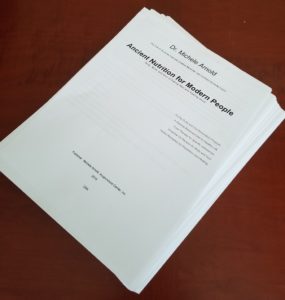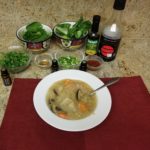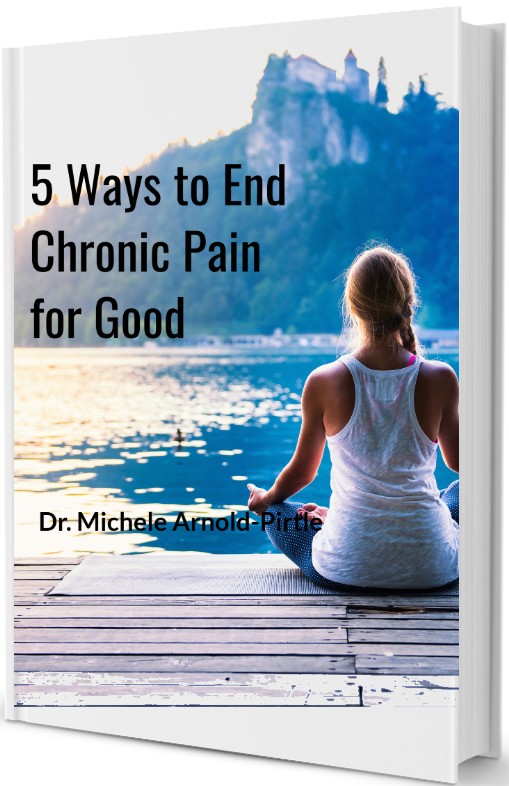
A Quick Peek of some Basic Dietary Practices for Eating Well and Feeling Good!
16 TRADITIONAL CHINESE MEDICINE HEALTH RULES
These healthy rules apply to children as well as adults, and they are meant to be followed for a healthy lifestyle.
Follow the 80/20 rule!
Fill your plate with 80% dark leafy greens and vegetables, 20% proteins and good fats.
1. Stop eating when you’re 80% full.
2. Eat 3 regular meals each day; develop a routine with 25% food intake at breakfast, 50% at lunch, and 25% at dinner.
3. Take time out for relaxation. Enjoy meals in a calm state, don’t eat standing up or while working or reading.
4. Chew food thoroughly, eat slowly, it takes 20 min. for your stomach to know it’s full.
5. Most meals should provide a balance of 5 flavors (bitter, sweet-bland, spicy, salty, and sour), natures (warming, cooling, cold, or hot), plus have the array of five colors (red, green, orange-yellow, purple-dark, white-tan).
Be sure to vary your types of foods. You don’t have to have all food groups, flavors, and colors in one meal, but if you consume 20% from each type of flavor, and color throughout the day you will obtain the most nutrition without eating too much of any one kind.

6. Most meals should be warm. Meals should leave you feeling satisfied but not full. 80% cooked, 20% raw for those with healthy digestive function. For those with poor digestion, keep cold and raw foods to about 5 %.
7. Eat 3:1 ratio of alkalizing foods to acidic forming foods. Coffee, black tea, sugar, meats, milk, and grains are considered concentrated foods, and are acidic forming. Counteract by eating alkalizing foods such as vegetables and dark leafy greens.
8. Regular sleep patterns; go to bed and wake at the same times every day.
9. Don’t eat three hours prior to bedtime.
10. Regular exercise, at least 3-5 times per week. Use a pedometer to record at least 10,000 steps per day equal to 5 miles.
11. Crowd out eating processed refined sugars, high fructose corn syrup, Agave, polyunsaturated vegetable oils, canola oil, safflower oil, cotton seed oil, & grains such as white flour and most white rice products.
12. Eat only organic Non-GMO foods. Consume Non-GMO organic soy only in traditional Asian forms of Tofu, Miso, Tempeh, Natto, or Tamari.
13. Drink plenty of fresh water per day. Add lemon juice or a few drops of lemon essential oil for alkalinity, and increased glutathione levels (antioxidant) to aid in natural cleansing and detoxification, and digestive support. Do not drink large amounts of liquid with meals. Not only does liquid dilute stomach acid and make it harder for your stomach to break down food, it also overwhelms the spleen Qi. It is best to drink a small cup of warm tea, miso soup, or broth with meals than cold iced water.
14. Enjoy the sunshine 2-3 X per week; depending on your skin type, weather, etc. or until your skin turn’s lightly pink; don’t burn! This is important for natural vitamin D formation that just can’t be beat by vitamins.
15. Reduce stress, find ways to help you deal with stress more effectively, like mediation, Tai Chi, Qi Gong, Yoga, Acupuncture, massage therapy, walking, or other fun hobby.
16. Have regular acupuncture treatments to keep your Qi-energy and Blood flowing smoothly. Chinese Medicine Proverb:
-When there is free flow, there is no pain
-When there is pain, there is no free flow
When in good health, have acupuncture once every 4-6 weeks. You will need more acupuncture when your body is imbalanced. Your acupuncturist will determine your treatment plan, and frequency when you have a health concern.
Acupuncture is the stimulation of acupuncture points on the skin that promotes a healing response, and makes you feel good. Acupuncture can be done without acupuncture needles! So please don’t let the thought of needles keep you from feeling good!
Methods we use to bring your body back into balance are, acupuncture needles, Moxa (moxibustion-burning of an herb called Mugwort over the acupuncture point that creates heat, smoke, and aroma), electro-acupuncture, non-needle microcurrent-electroacupuncture, essential oils, Gua Sha (skin scraping), cupping, plum-blossom, and other pressing tools.
At this point, I would suggest setting up at least a 10-minute consultation with an acupuncturist. This can be done over the phone or in person. If you are concerned about needles, ask about what other methods they use besides needles. He or she can explain each more in depth, and whether you’d be a good candidate for one or all the methods mentioned.
You can visit my web site or Facebook page to learn more about acupuncture and other non-needle methods at www.wellwithdrmichele.com or www.facebook.com/wellwithdrmichele
PS: Sorry, as an acupuncturist I just couldn’t help myself, I feel an obligation to promote my profession!


